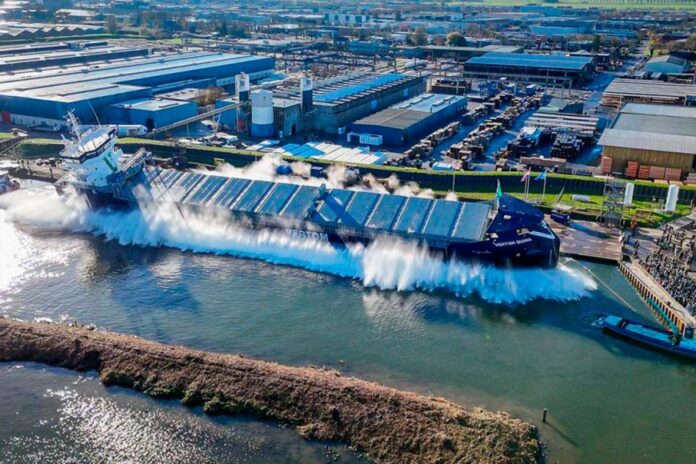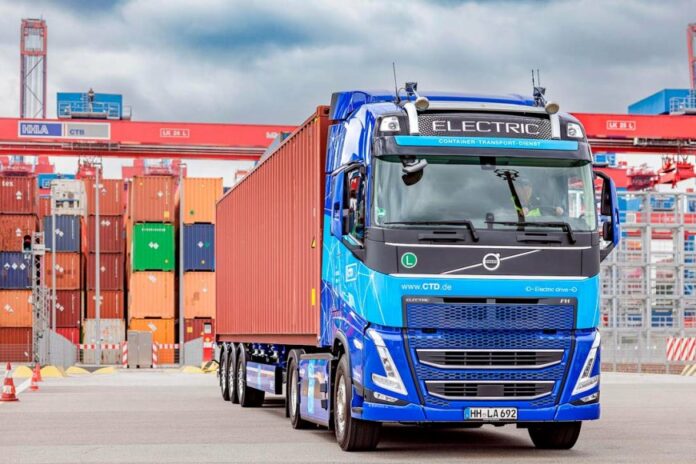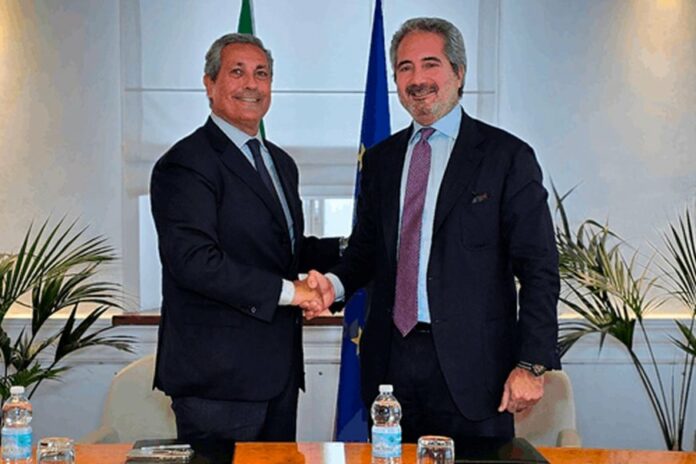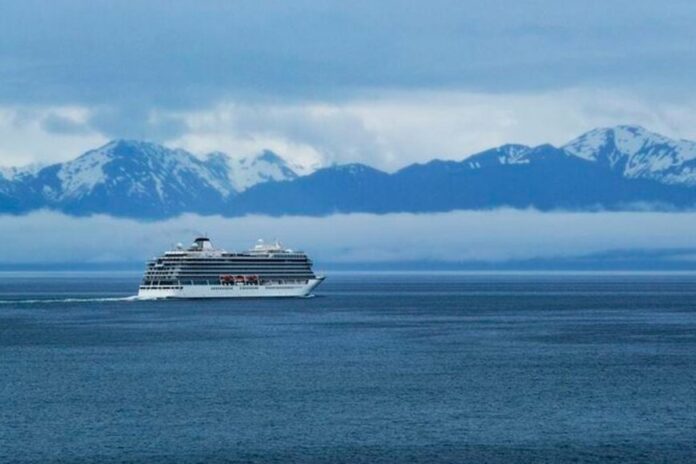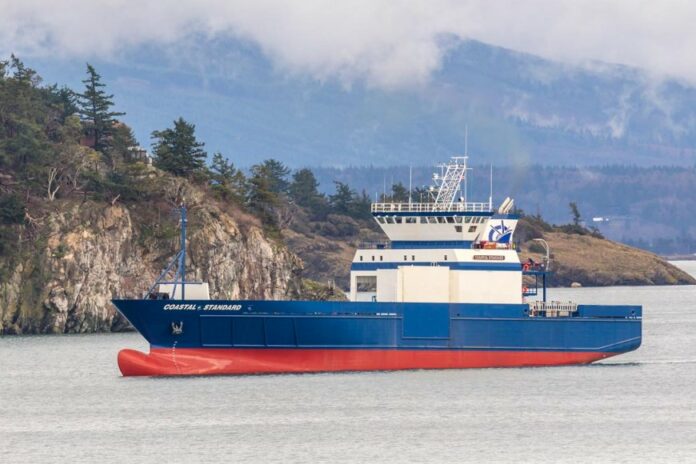Sanmar Shipyards has delivered its ninth tugboat to leading global marine services provider P&O Maritime Logistics
The relationship between the two companies dates back to 2013, when P&O took delivery of its first Sanmar-built tugboat. Since then, Sanmar has delivered eight more tugs that have gone on to serve in ports around the world.
The latest vessel has been named AL FATH by its new owners.
Based on the RAmparts 2200 design developed by renowned Canadian naval architects Robert Allan Ltd., the Sırapınar Class are compact sister vessels to Sanmar’s best-selling Boğacay Class tugs. With a 2-metre reduction in length, they maintain impressive performance and exceptional manoeuvrability, powered by Caterpillar main engines coupled to Schottel Z-drives.
Measuring 22.4 metres in length, with a 10.84 metre beam, 4.4 metre moulded depth and approximate navigational draft of 4.89 metres, AL FATH achieves a bollard pull of 50 tonnes and a free running speed of 12 knots. Designed for efficient low-manning operation, the Sırapınar Class features advanced machinery automation systems and is known for excellent handling, seakeeping and stability.
P&O Maritime Logictics, headquartered in Dubai, UAE, provides offshore, cargo transport and port services in the energy, oil & gas, renewables and port and bulk modality sectors. Sanmar-built tugs currently operate for the company in the UAE, Mozambique, Somaliland, the Dominican Republic, and other locations.
The most recent deliveries before AL FATH were the powerful 80ton bollard RAstar 2900SX design tugs, P&O GAYNDE and P&O ASIA.
Whilst AL FATH and vessels such as P&O GAYNDE and P&O ASIA, are very different vessels, both deliver tailored solutions that reflect the P&O Maritime Logistics service offering.


